
Program Summary
Bachelor of Science in Diagnostic Ultrasound
Program Summary
Freshmen
4-Year Program of Study
Transfers
2-Year Program of Study
Post-Bac Degree Transfer
2-Year Program of Study
Post-Bac Degree Certificate
2-Year Program of Study
How to Apply
Prerequisite Courses and Requirements
As a student of our Bachelor of Science in Diagnostic Ultrasound (DIUS) program, you will join a community of faculty and students dedicated to your success. No matter what track you pursue, your program of study will include foundational courses in math, biology, physics, chemistry and other undergraduate core courses. In your third and fourth years, you will take higher level courses that focus on your specific track within the DIUS program.
If you are a transfer or post-baccalaureate student, we have developed plans of study that allow you to dive into the foundational and DIUS courses you need to earn your degree.
To complete your degree, you will:
- Hold a cumulative GPA of 2.75 or higher
- Hold a major GPA of 3.0 or higher
- Receive a C or better in all required major courses
Three Distinctive Track Specializations
Ultrasound is a non-invasive diagnostic tool that uses high-frequency sound waves to propagate images of organs and tissues within the body. The Diagnostic Ultrasound Program at Seattle University offers three distinctive track specializations in Cardiac, General and Vascular sonography.
Diagnostic Ultrasound Track Specializations
-
Cardiac
-
The cardiac track focuses on the heart, its hemodynamics, and thoracic arteries and veins to help diagnose and monitor congenital or acquired heart disease and valvular abnormalities.
Image 1: Left Ventricular Outflow Tract
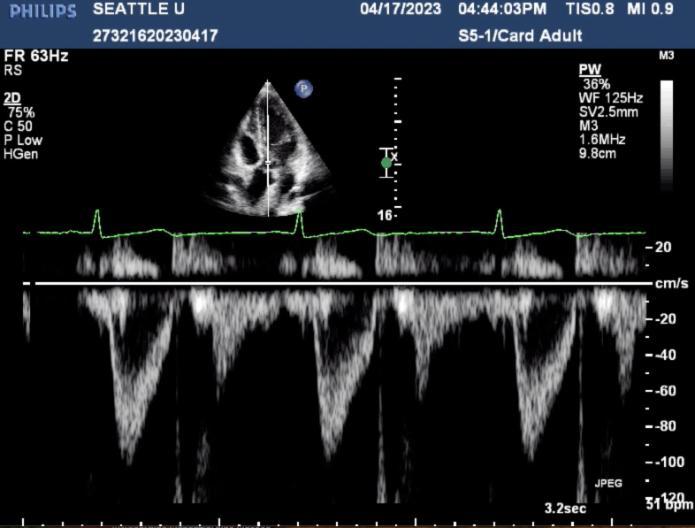
Image 2: Cardiac Strain
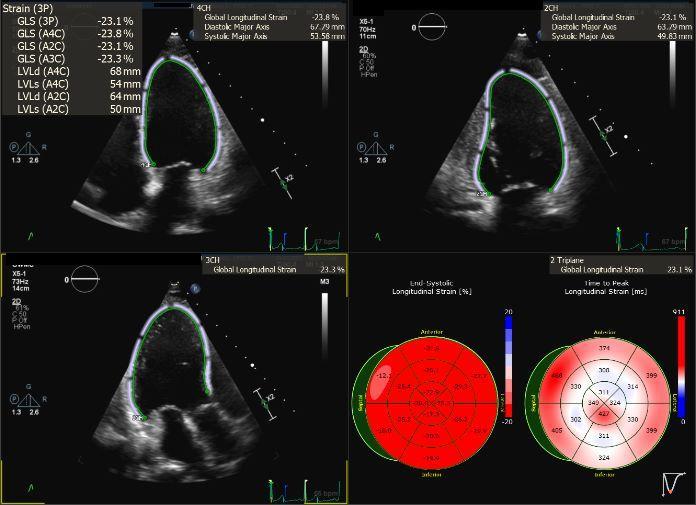
Image 3: Parasternal View with Trace Mitral Regurgitation
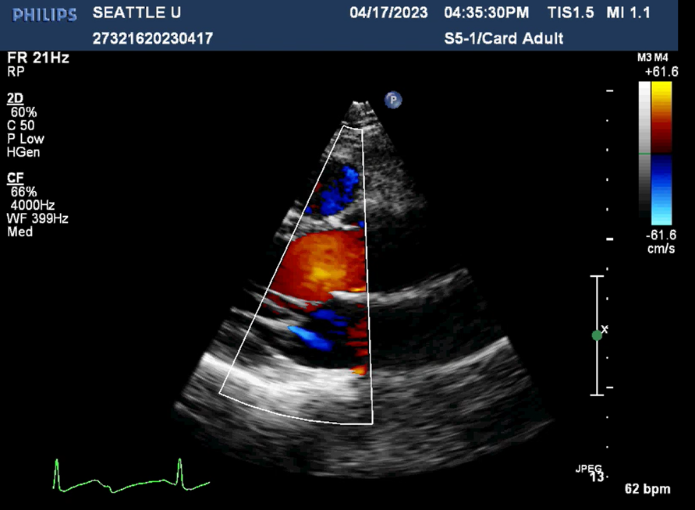
Image 4: 3 Dimensional Left Ventricular and Left Atrial Ejections Fraction
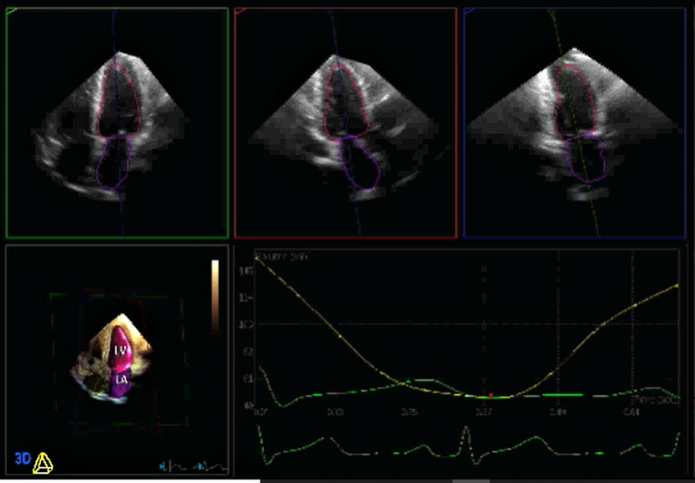
-
General (Abdomen/OB-GYN)
-
The general (abdomen/OB-GYN) track focuses on organs within the abdomen (such as the liver, gallbladder, pancreas, kidneys), as well as pelvic organs, small parts (such as thyroid), obstetrics, and abdominal arteries and veins to help diagnose and monitor wide range of abdominal diseases and abnormalities.
Image 1: Phantom Fetal Profile

Image 2: Right Kidney and Liver
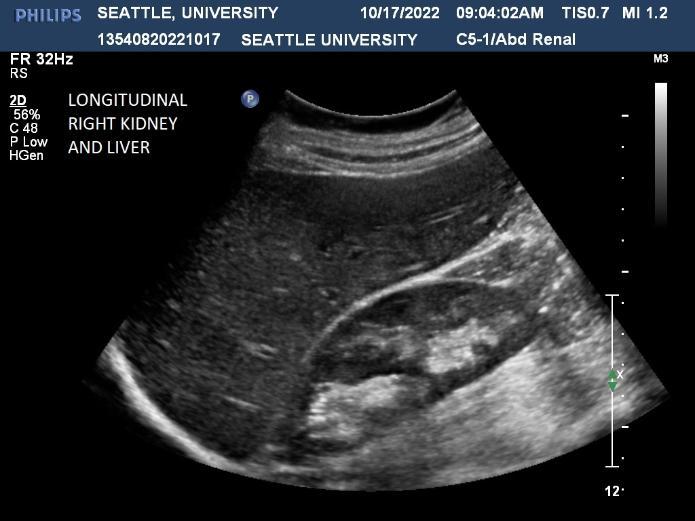
Image 3: Right Kidney with Blood Flow
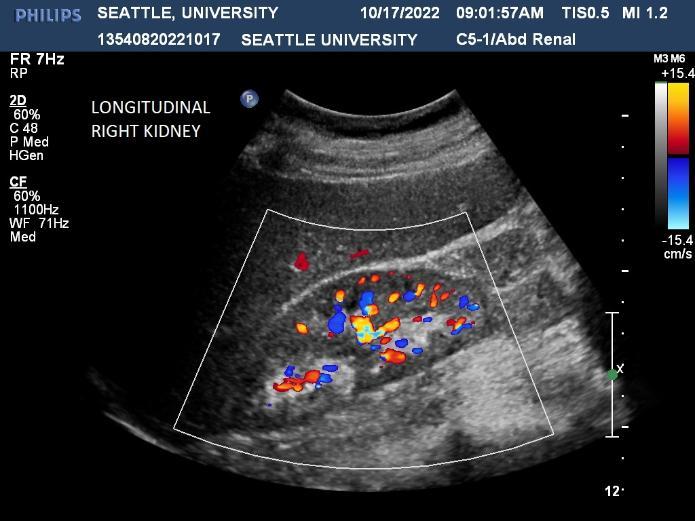
-
Vascular
-
The vascular track focuses on the blood vessels and circulatory system throughout the entire body, such as arteries and veins in the head, neck, and extremities to help diagnose and monitor a wide range of vascular conditions and vessel disease.
Image 1: Right Mid Carotid Artery
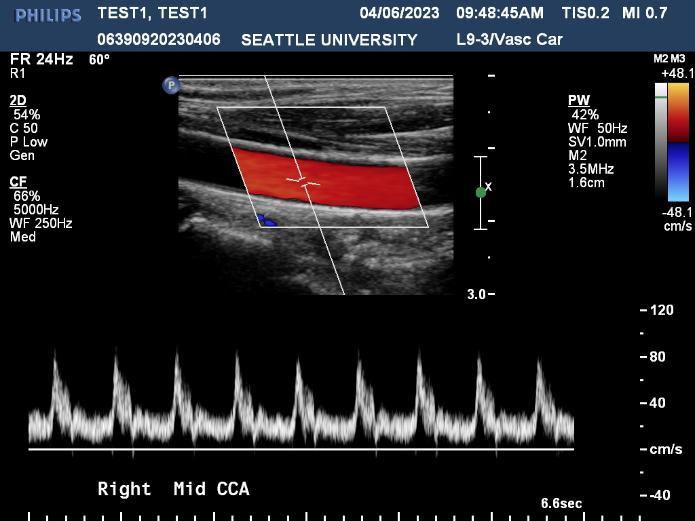
Image 2: Right Carotid Artery Transverse
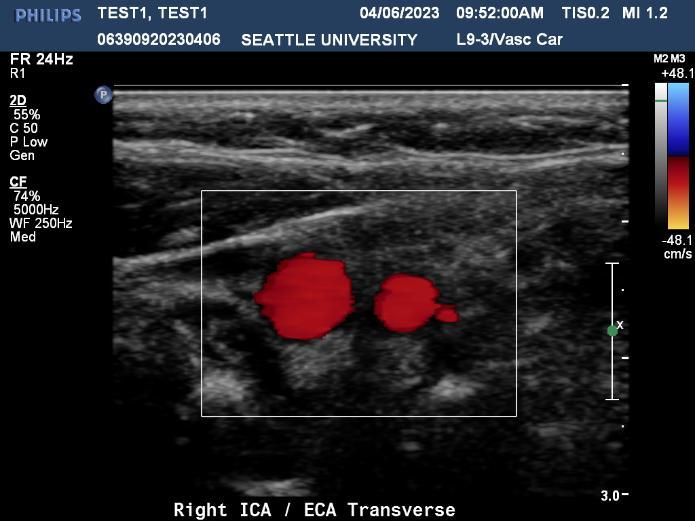
Image 3: Left Posterior Tibial Veins and Artery
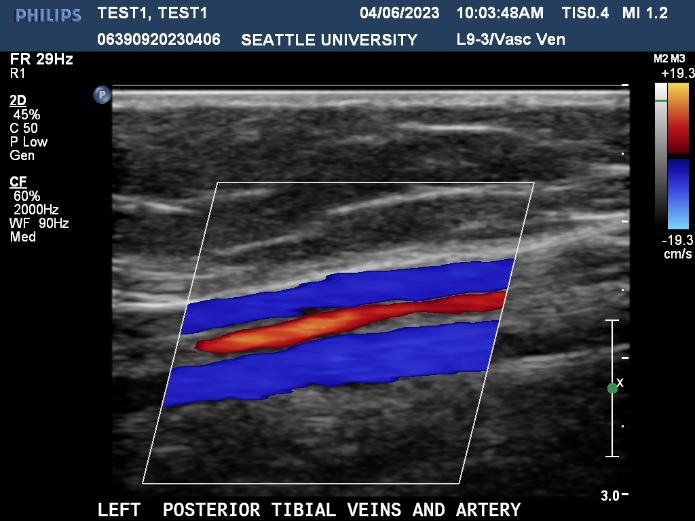
Image 4: Left Popliteal Vein
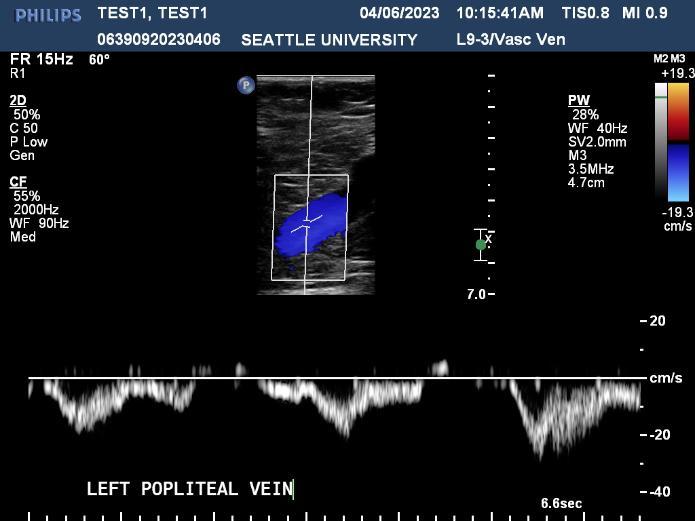
Hands-on Clinical Experience
The last year of your time in the DIUS program will include a hands-on sonography clinical experience in which you will be placed at one of our partner DIUS Clinical sites. Clinical site availability varies each year, with our partner sites typically including both inpatient and outpatient settings in teaching hospitals, community hospitals and ambulatory care clinics sites within the Seattle area, WA state, West Coast and throughout the United States.
Clinical courses are scheduled on a full-time basis and follow the academic calendar for university closure and holidays observed. To assure fairness in clinical placements, Clinical placements are arranged and randomly assigned based on specific criteria for each site. Some clinical placements are outside the state of Washington or the Greater Seattle area. Health requirements for the program and clinical placement can be found on our website.
DIUS Resources
- ARDMS - American Registry for Diagnostic Medical Sonography
- Specialties in Ultrasound - Article discussing the different specialty areas within diagnostic medical sonography
- Sonographers in the Cities Podcast "Ultrasound Specialties & Registries... what are they?"
CAAHEP ACCREDITED
The Bachelor of Science in Diagnostic Ultrasound program is accredited by the Commission on Accreditation of Allied Health Education Programs (CAAHEP) upon the recommendation of the Joint Review Committee on Education in Diagnostic Medical Sonography (JRC-DMS). The curriculum content is based on the Standards and Guidelines set forth by CAAHEP and the Joint Review Committee on Education in Diagnostic Medical Sonography (JRCDMS). More information about program accreditation can be found at www.caahep.org and www.jrcdms.org. Seattle University provides the following program disclosures on Gainful Employment eligible certificate programs.
Diagnostic Ultrasound Program Outcomes
View Diagnostic Ultrasound program effectiveness data from the past three years. This data is updated annually.